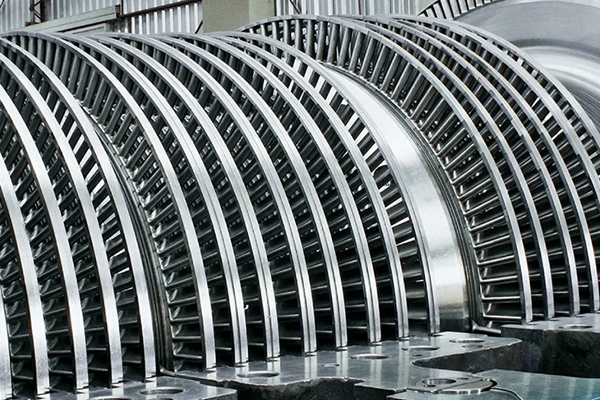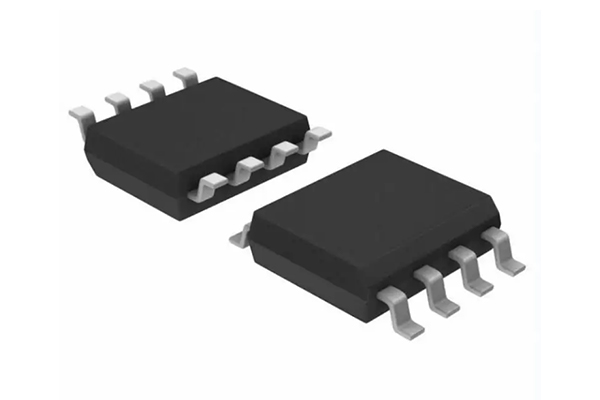The Future Of EV Batteries: What's Coming Next?
Description
With the growing prevalence of electric vehicles, the demand for batteries that charge faster and last longer is increasing. Researchers and manufacturers are developing new battery technologies to improve performance, safety and sustainability. The following developments in EV battery technology are detailed.
1) Solid-State Batteries
Solid-state batteries replace the liquid electrolyte found in conventional lithium-ion batteries with a solid material. This change improves safety and enhances energy density. Their advantages include:
- Higher energy density: Provides increased power in a smaller, lighter battery.
- Faster charging: Charging can be completed in minutes rather than hours.
-
Longer lifespan: Reduced degradation over time.
Large automotive manufacturers, including Toyota and BMW, are investing heavily in solid-state technology, which is expected to undergo mass production by the end of the 2020s.
2) Advances in Lithium Iron Phosphate (LFP)
LFP batteries are gaining popularity because of their affordability and durability. Advances in LFP chemistry result in higher energy density, thereby making them competitive with conventional lithium-ion batteries. They also offer enhanced safety and longevity.
3. Sodium-Ion Batteries
Sodium-ion batteries use abundant sodium rather than lithium, thereby reducing reliance on scarce raw materials. They offer:
- Lower cost: There is no need for expensive lithium or cobalt.
-
Better performance in cold weather: They maintain performance under low temperatures.
Although their energy density is lower than that of lithium-ion batteries, companies such as CATL and BYD are developing these batteries for entry-level electric vehicles and grid storage.
4. Ultra-fast Charging Solutions
New battery designs, including silicon anode technology, offer ultra-fast charging and reduce charging times to under 10 minutes. Consequently, recharging an electric vehicle will become as convenient as refuelling a conventional car.
5) Long-Lasting and Recyclable Batteries
Battery recycling and second-life applications are receiving increased attention to reduce environmental impact. Future EV batteries will be designed for easier recycling. Companies such as Redwood Materials and Tesla are focusing on creating sustainable battery supply chains.
6. Wireless and Intelligent Charging
Wireless charging for electric vehicles and vehicle-to-grid (V2G) technology are expected to improve grid efficiency and overall convenience, thereby enabling electric vehicles to supply power to households and urban areas.
Lithium-Ion Batteries (Li-Ion)
Lithium-ion batteries currently dominate the electric vehicle market because of their high energy density, light weight and long lifespan. The batteries operate by transferring lithium ions from the cathode to the anode, thereby generating the electrical energy required for vehicle propulsion. Li-ion batteries offer advantages such as rapid charging, high performance and increased range per charge, which is why they have become standard among automotive manufacturers worldwide.
However, lithium-ion technology faces safety concerns, thermal management issues and limited resource availability. Lithium extraction is resource-intensive, and heat accumulation and battery hazards are major issues that drive research into alternative technologies.
Nickel-Metal Hydride Batteries (NiMH)
NiMH batteries showed promise in the early development of electric vehicles because of proven reliability and lower manufacturing costs. They operate on the principle of hydrogen storage in metal hydride alloys. NiMH batteries offer benefits over lithium-ion batteries such as an improved safety profile, reduced overheating risk and simpler thermal management requirements.
However, NiMH batteries have a significantly lower energy density and increased weight, which results in a shorter range. Although NiMH batteries are still used in hybrid vehicles, they are increasingly replaced by improved lithium-ion batteries and emerging solid-state technologies that deliver better performance characteristics.
Solid-State Batteries
Solid-state batteries are considered a promising future for EV battery technology. In contrast to lithium-ion batteries, which use liquid electrolytes, solid-state batteries employ solid electrolytes. This change increases safety by reducing the risks associated with flammable liquid electrolytes and leakage. They provide higher energy density, thereby enabling longer ranges, faster charging and improved thermal stability.
Major automotive manufacturers are investing significantly in the development of solid-state batteries. They are expected to be available on the mass market within the next decade. However, challenges remain regarding scalability, manufacturing complexity and high initial costs. Research continues to address these issues, thereby making solid-state batteries a competitive alternative to current battery technology.
Frequently Asked Questions
What makes solid-state batteries safer than lithium-ion batteries?
Solid-state batteries use solid electrolytes, thereby reducing the risks associated with flammable liquid electrolytes in lithium-ion batteries, which increases overall safety.
Are nickel-metal hydride batteries still relevant for electric vehicles?
NiMH batteries remain relevant for hybrid electric vehicles because of lower costs and proven safety, although they are less common in fully electric vehicles due to their lower energy density.
Will solid-state batteries completely replace lithium-ion batteries?
Solid-state batteries show significant potential; however, complete replacement depends on overcoming manufacturing complexity, scalability and production cost challenges.
What environmental advantages does moving away from lithium-ion batteries offer?
Switching to solid-state batteries or alternatives may reduce environmental impacts related to lithium extraction, such as water scarcity, pollution and landscape alteration.
When will solid-state batteries be commercially available for electric vehicles?
Solid-state batteries are expected to be commercially available within the next decade. Numerous manufacturers project significant market introduction by 2030.

 Bars
Bars
 Beads & Spheres
Beads & Spheres
 Bolts & Nuts
Bolts & Nuts
 Crucibles
Crucibles
 Discs
Discs
 Fibers & Fabrics
Fibers & Fabrics
 Films
Films
 Flake
Flake
 Foams
Foams
 Foil
Foil
 Granules
Granules
 Honeycombs
Honeycombs
 Ink
Ink
 Laminate
Laminate
 Lumps
Lumps
 Meshes
Meshes
 Metallised Film
Metallised Film
 Plate
Plate
 Powders
Powders
 Rod
Rod
 Sheets
Sheets
 Single Crystals
Single Crystals
 Sputtering Target
Sputtering Target
 Tubes
Tubes
 Washer
Washer
 Wires
Wires
 Converters & Calculators
Converters & Calculators
 Write for Us
Write for Us





 Chin Trento
Chin Trento



